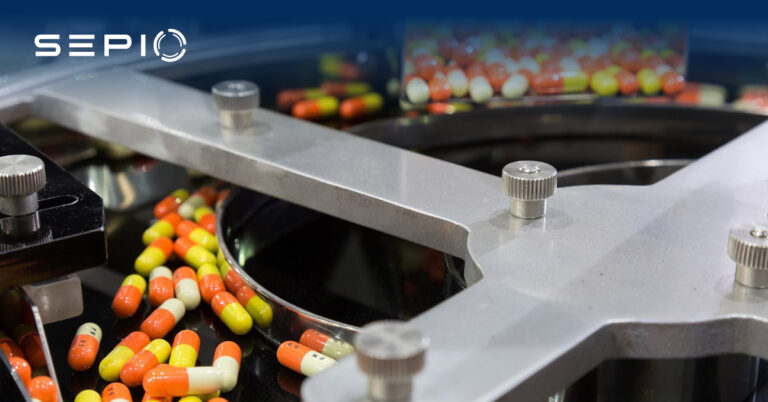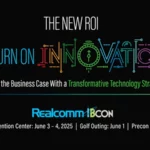There are numerous challenges using IoT devices in the healthcare sector. Even the most sophisticated medical equipment has a human operator, with a keyboard and mouse that can be manipulated..
Nevertheless, leave it to our beloved Captain to sort this out.
Follow the never-ending adventures of our superhero as he confronts cyber crime, state sponsored activities, internal abusers and supply chain attacks.
The healthcare sector primarily focuses on patient care and, in turn, forgoes investing in top notch cybersecurity protection. Only 4-7% of revenue is invested in cybersecurity, compared to that of the financial sector which invests around 15%. This should not be the case since a cyberattack on a healthcare facility has the most dangerous consequences. Why? Your livelihood is at stake.
The healthcare industry is also no stranger to ransomware attacks. Hospitals especially, due to their large assets, are frequently targeted. These attacks prevent flies and systems from being accessed until a payment is made. And these aren’t minor payments – attackers are greedy, with the average paid ransom by healthcare firms in 2018 being just under $30,000. Paying the ransom is actually not recommended- it only encourages more attacks of this type. However, whether the ransom is paid or not, there is a risk of the data never being recovered. The fact that the healthcare industry is so nonchalant about security means that they are at serious risk…





